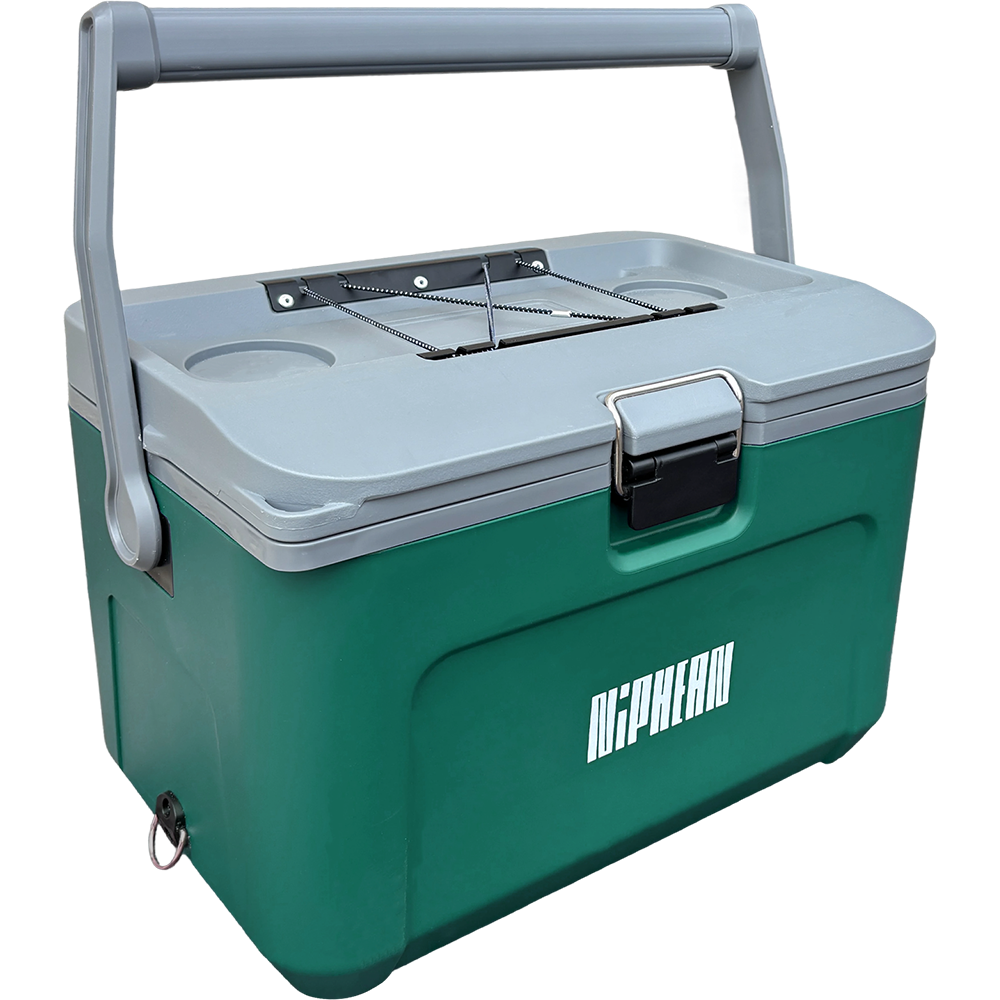- No products in the cart.
Ride the Waves: Pro Tips for Stand-Up Paddle Boarding
Mar 12, 2024
Whether you're paddling across calm lakes or carving through coastal swells, stand-up paddle boarding (SUP) is an adventure that combines balance, strength, and serenity. At Niphean, we're here to help you ride with confidence.
How to Stand on a Paddle Board
Getting into a proper standing position is key to your SUP experience:
-
Start on your knees
Hold the center handle and kneel in the middle of the board. Place your paddle across the board. -
Rise slowly
One foot at a time, stand into a half-squat. Keep your feet shoulder-width apart and centered. -
Find your posture
Stand upright with slightly bent knees, back straight, and toes facing forward. Keep your eyes up—looking forward helps with balance!

How to Hold a Paddle
- Although it may seem counterintuitive, hold the paddle with the curved surface of the paddle facing toward you, not away from you.
- Hold the top of the paddle with one hand and place the other hand on the bottom of the paddle.
- If you hold the paddle above your head, your elbows should be bent at a 90-degree angle.
- When switching the stroke direction, you need to rotate your palm position.
- Always ensure the paddle is angled away from your body during strokes.

How to forward a turn
A traditional forward turn consists of five phases.
- Reach-Bend your hips, lean forward, and extend the paddle board as far in front of the board as possible.
- Catch-Submerge the paddle board in the water.
- Pull-The paddle extends into the water and slides along the side of the paddle. Your arms should be straight, forming a triangle with the paddle board.
- Lift-When the paddle board is parallel to your feet, it is lifted out of the water. Remember to rotate the paddle board 90 degrees to paddle out of the water from the narrowest end.
- Repeat-Let the paddle board extend back to the front end of the paddle board and start the above action again.
To ensure forward movement, make sure the paddle does not reach past your feet, otherwise the paddle will start to spin. You can switch to the other side after a few strokes.
🎯One thing to remember: You should use your core and leg muscles, not your arms. This will make paddling easier, take stress off your arms, and give you a full-body workout!

From left to right, we first extend the paddle, second make sure we are facing straight ahead, third grab the water and slide it, and fourth we lift it.
How to back stroke
Used for slowing or stopping:
- Extend the paddle behind you, then extend the paddle into the water and paddle towards your body.
- When paddling back to turn, the paddle board moves in the opposite direction to when paddling forward to turn.

How to make a turn
- Paddling turns help you turn while maintaining drive. As with the forward turn, fully extend the paddle forward to the front of the paddle board.
- Then, draw a large semicircle outward on one side of the paddle board, all the way to the tail of the paddle board.
- Doing this on the right side of the paddle board will help turn left and vice versa.
🌀 This is called the sweep stroke, perfect for gentle course corrections or full turns.

What is the difference between paddling in sea water and paddling in rivers?
Paddling in a river or lake is easier than in sea water, where paddling is more affected by waves, currents and tides. Travel paddleboards are long and narrow, allowing for smooth paddling in rough conditions, making them ideal for offshore paddleboarding.
In lakes and rivers, most paddle boards can be used smoothly. But if you’re going from lake to lake, it’s best to opt for inflatable surfboards because they can be deflated and easily carried to your next location.
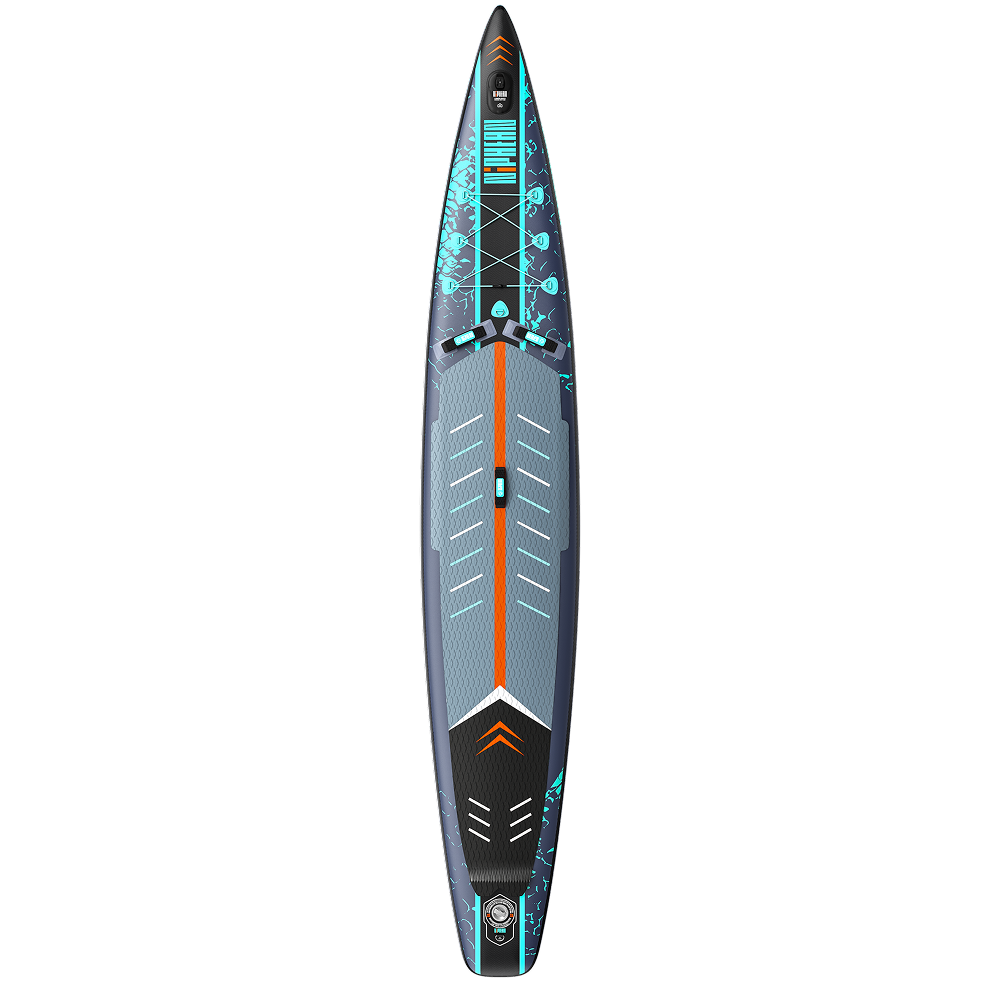
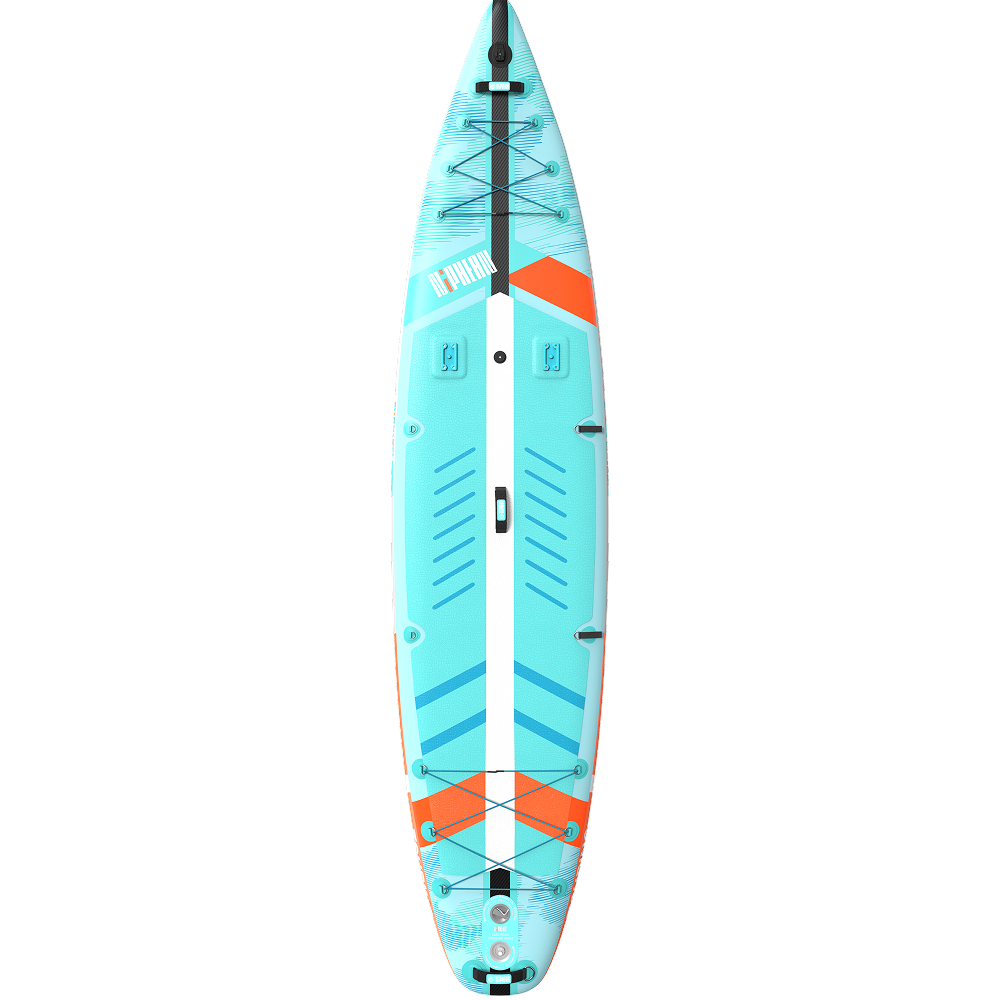
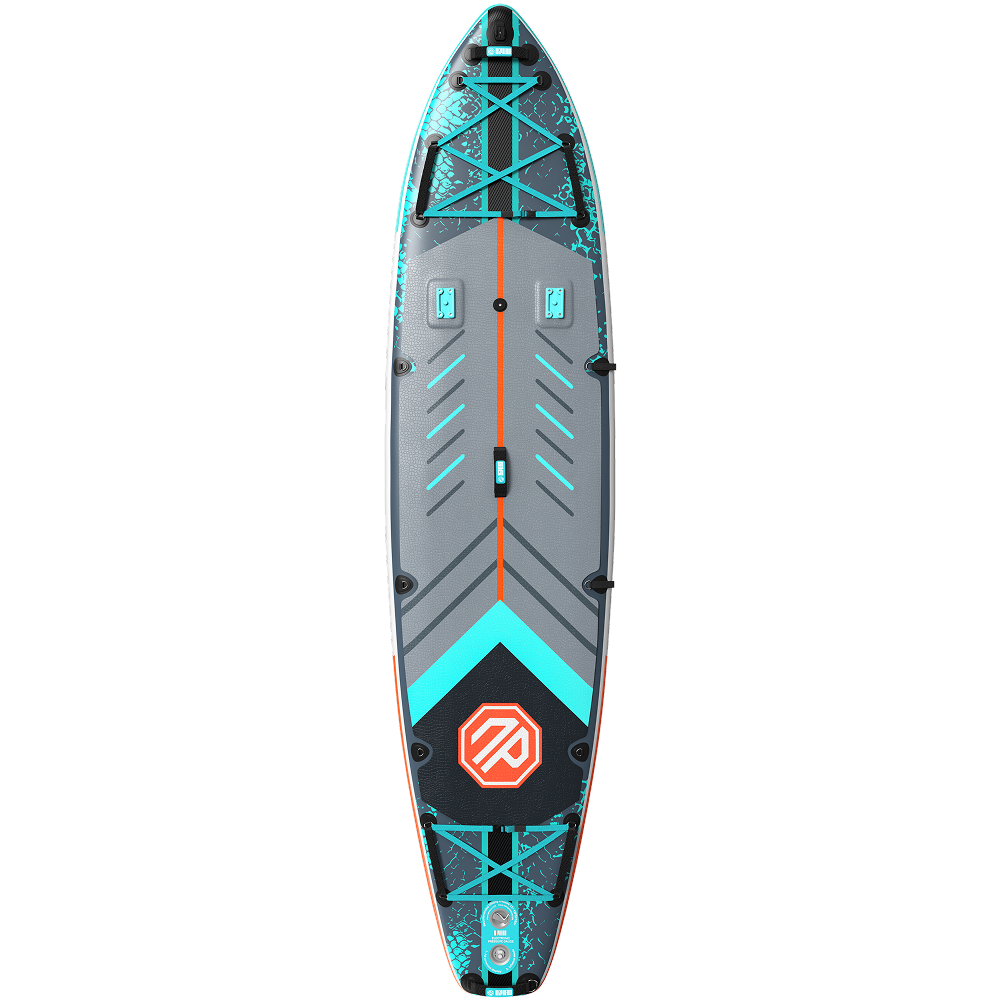
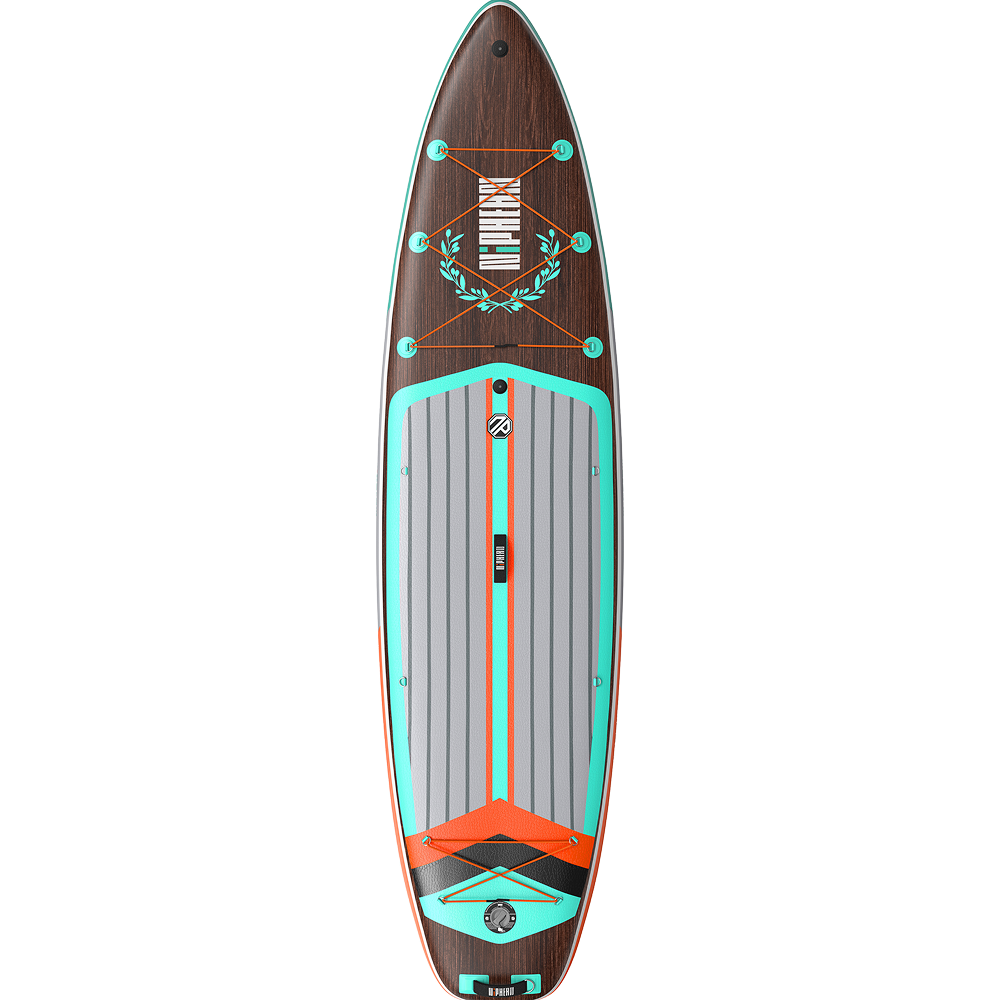
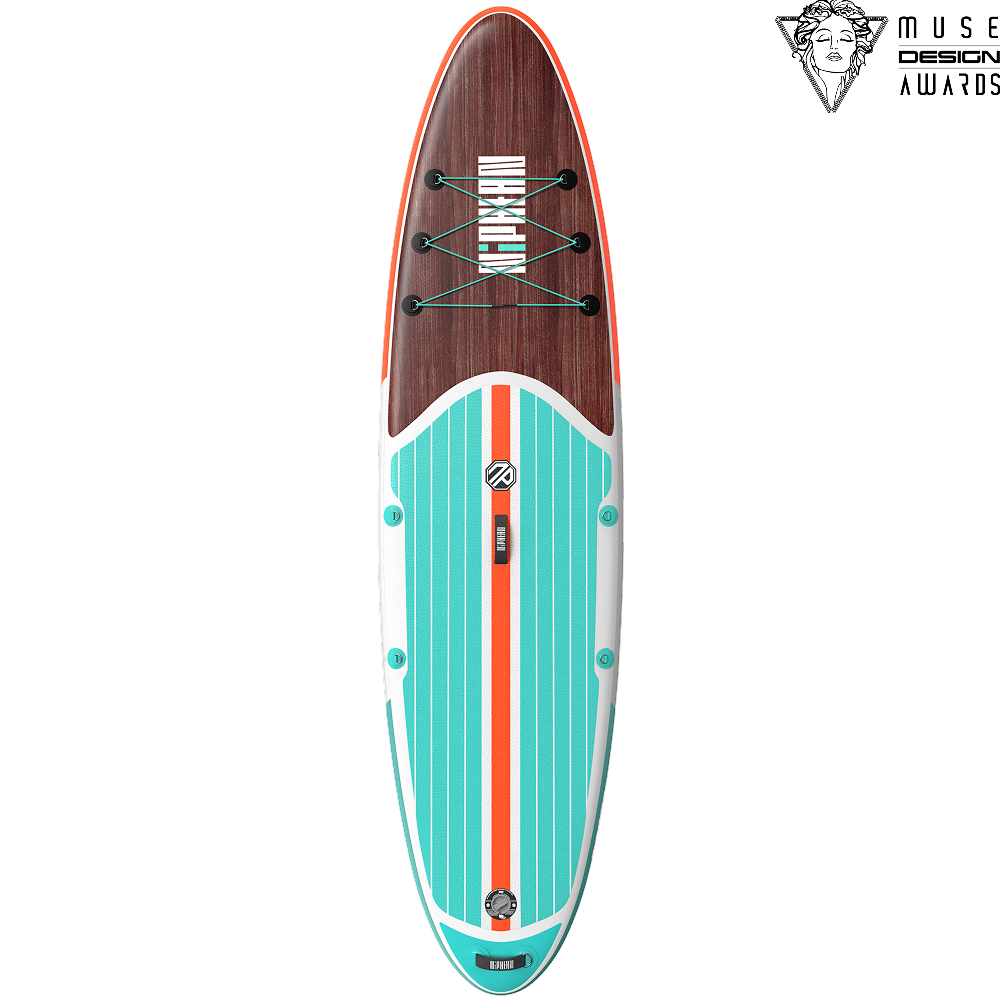
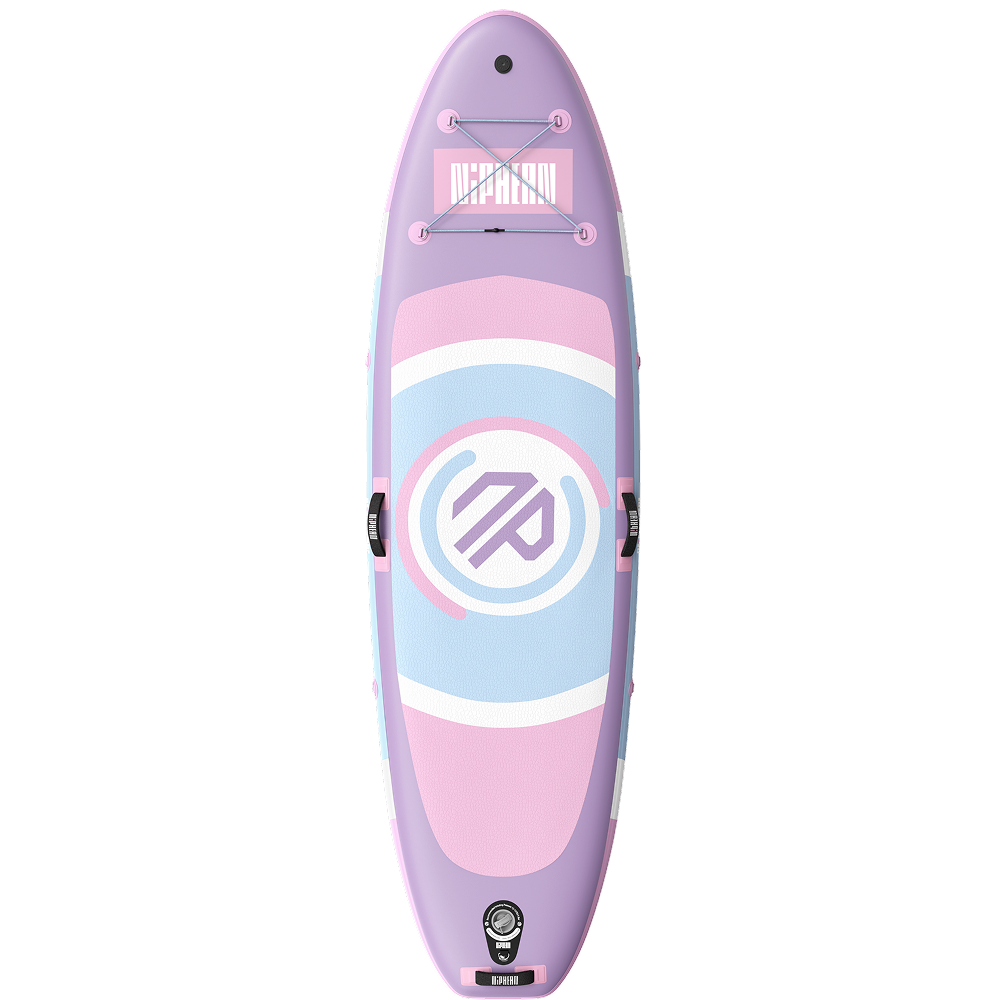






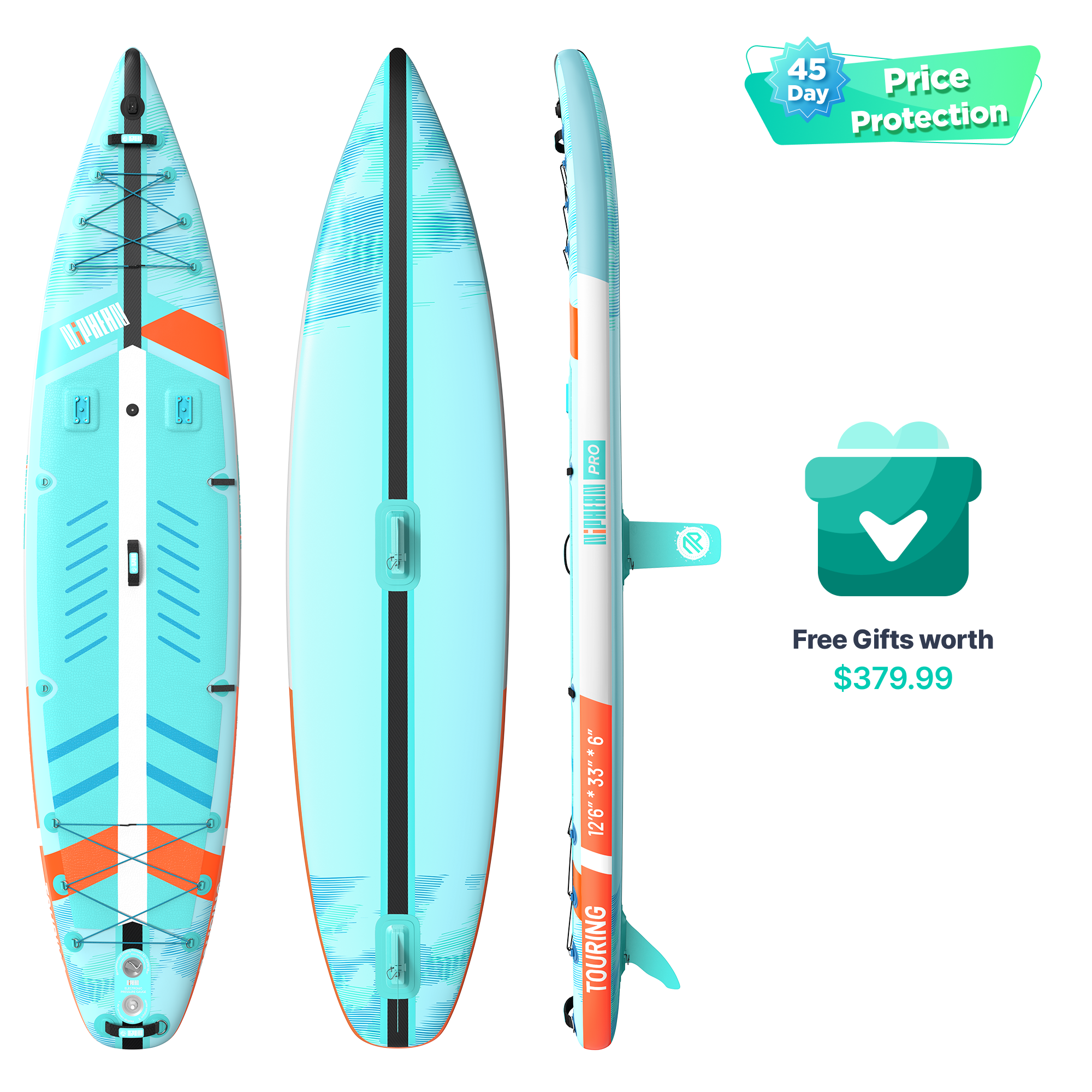
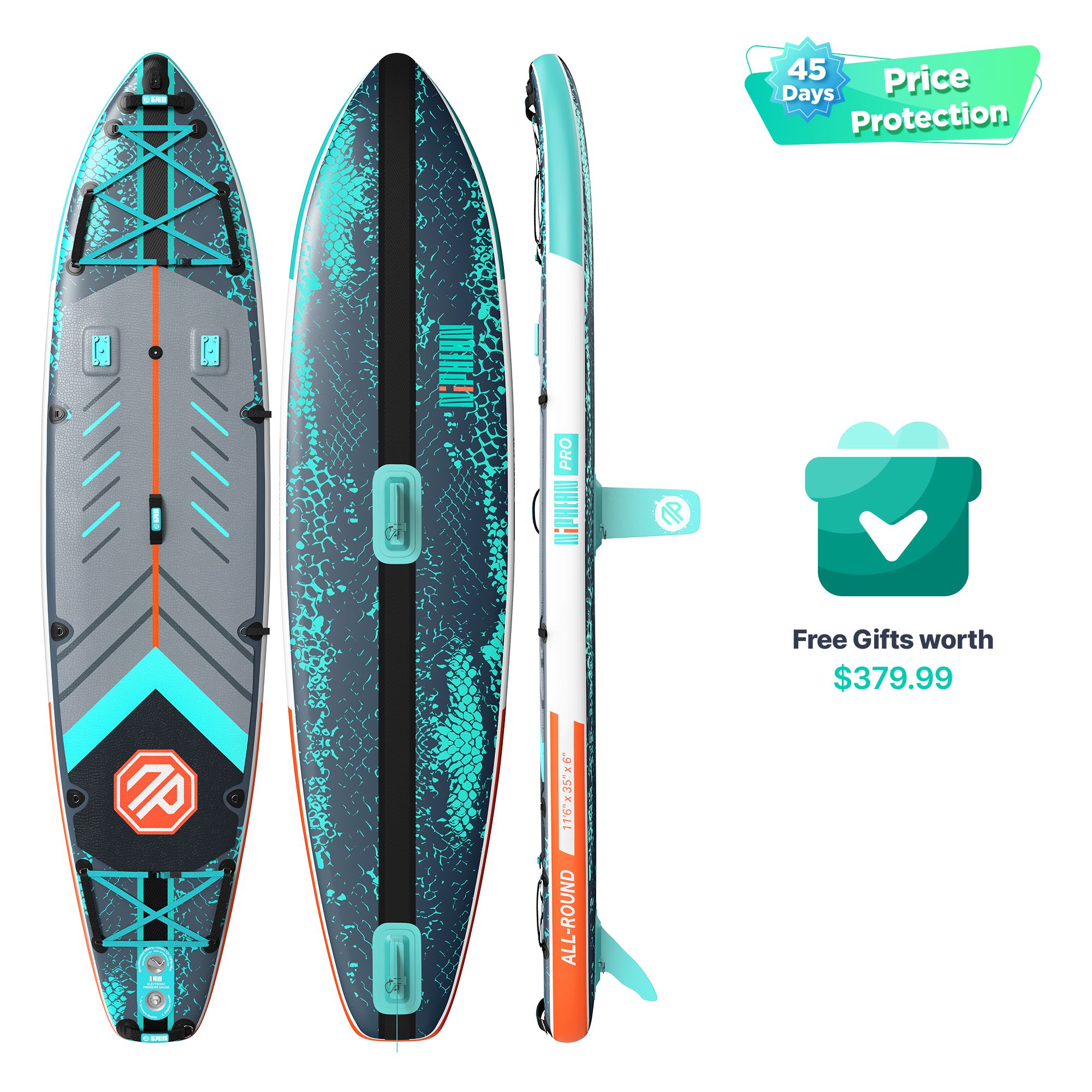

 Youtube
Youtube Facebook
Facebook Instagram
Instagram TikTok
TikTok